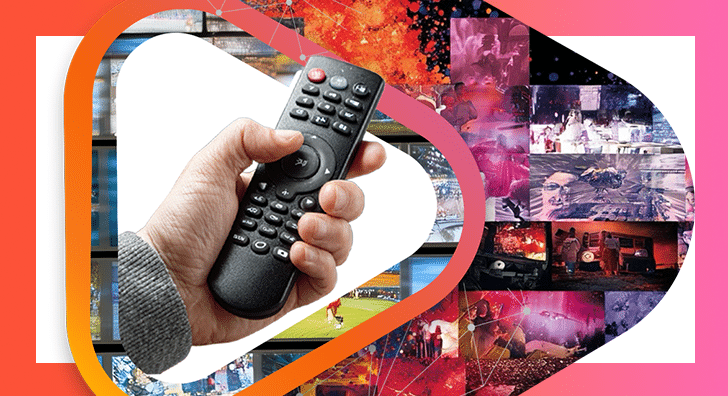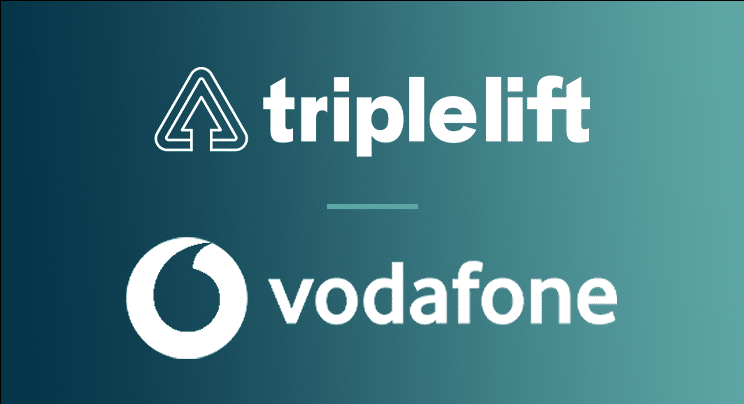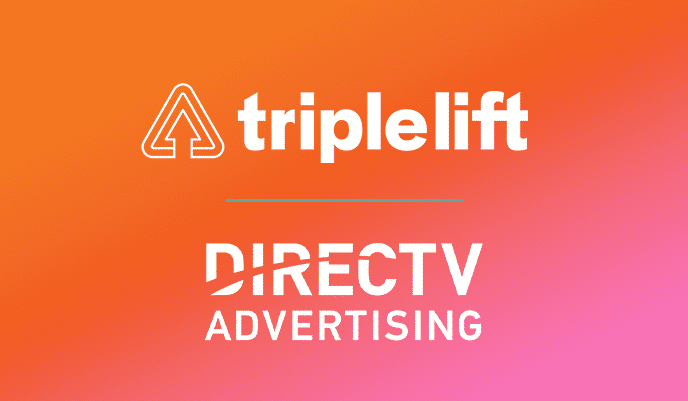Digital advertising budgets are shrinking while performance expectations soar. In this high-pressure environment, creative has emerged as the most powerful lever for differentiation and growth. Yet a new survey of almost 200 brand and agency marketers conducted by the leading creative SSP, TripleLift, in partnership with eMarketer reveals a troubling disconnect between creative’s recognized importance and teams’ ability to harness it effectively.
The numbers tell a compelling story. While 83.5% of marketers agree that creative drives advertising performance, only 58.5% report having a shared understanding of what defines quality creative within their organization. This lack of consensus creates friction across teams, slowing feedback loops and complicating approvals when speed matters most.
The scaling challenge runs even deeper. Over half of marketers say their programmatic campaigns underperform because assets aren’t updated frequently enough, and 51.8% admit they don’t produce enough versions for different audiences and contexts. Nearly 44% acknowledge that overreliance on a single format reduces creative effectiveness.
This infrastructure gap becomes more problematic as marketers navigate an increasingly complex digital landscape. Online video, display, and native advertising require fundamentally different creative approaches, yet many teams lack the technical capabilities to adapt assets across channels while maintaining quality and brand consistency.
The measurement problem compounds these challenges. Despite 71.3% of marketers saying creative evaluation has grown more important, only 58.5% regularly connect creative quality to performance metrics. Even fewer have reliable dashboards to track creative effectiveness, missing opportunities to optimize campaigns in real-time.
AI presents both promise and complexity in this landscape. Marketers are already using AI to generate ad copy (50%) and create images and video (37.8%), but the real transformation lies in workflow automation. Over the next two years, 54.9% expect AI’s biggest impact will be in streamlining processes rather than just creating assets.
Forward-thinking organizations are beginning to crack the code by establishing clear creative standards, investing in analytics infrastructure, and treating creative as a strategic lever rather than just campaign decoration. They’re building systems that connect creative attributes directly to business outcomes, using metadata to track what works and why.
The opportunity is significant for leaders willing to invest in the right infrastructure and processes. As one survey respondent noted, creative should articulate what the brand solves, why it matters to the audience, and why now. Organizations that master this balance between strategic creativity and operational efficiency will find themselves with a sustainable competitive advantage in an increasingly crowded digital marketplace.
The question for decision makers isn’t whether creative matters, but whether their organization has the systems, standards, and capabilities to scale it effectively across every touchpoint that matters to their customers.
Ready to move from guesswork to greatness? Download our new playbook, “From Guesswork to Greatness,” and get the blueprint for a smarter, more scalable creative process.





